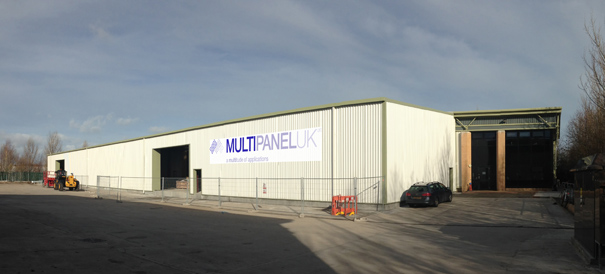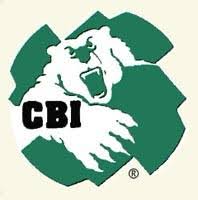Information
-
Document No.
-
Manufacturer
-
Model
-
Equipment Type
-
Asset/ Serial Number
-
Plant
-
Line
-
Date of assesment
-
Assessor
Fixed Guarding
-
Is there NO ACCESS to moving parts or dangerous conditions, during normal or abnormal operations?
-
Are fixed guards robust, securely anchored with fasteners that require the use of tools to remove?
-
Are all parts (Drives, chains, gears, shafts, etc.) adequately covered by a guard?
Interlocking of Moveable Guards
-
Are movable guards protected with the safety rated interlocks?
-
Do pneumatic and hydraulic systems have auto dump valves to release residual energies when interlocks are broken?
-
Are there any obvious single points of failure of the safety system (I.e. -1 mechanical interlock switch on a guard door, 1 Air valve, etc.)?
-
Does the safety system appear to be the appropriate CATEGORY for the equipment and it's hazards?
Presence Sensing
-
Are presence-sensing devices the correct type for the application (I.e. light curtains instead of photo eyes, etc.)
-
Are presence-sensing devices properly positioned (I.e. height of light curtains, distance to hazards/stopping distance, low visibility such as hoist cavities, etc.)?
-
Are presence sensing devices that have a defined function (I.e. muting lit curtain, laser scanning suspension, etc.) controlled by safety rated devices.
Suspension of Safeguards
-
Does the suspension of safeguards have a mode selection device (I.e a keyed jog switch, etc.) incorporated to prevent automatic or inadvertent start up?
-
Do jog controllers require the use of two-hands and have a local e-stop button?
-
Do the jog controls allow the user to see the entire work space? If not, does the jog function allow only one door open in the immediate area?
-
Does the equipment display audio and visual alarms prior to machine jog movement?
-
When in jog mode, does the equipment operate at a reduced speed significantly less than operations speed?
Emergency Stops
-
Does the equipment have an appropriate number of e-stop buttons, located in proximity to work and/or hazard areas?
-
Are e-stops clearly identifiable (yellow background, red head) clearly visible, and quickly accessible control devices?
-
Does the e-stop function as an emergency stopping device regardless of operating mode?
-
Do e-stop contain hasp covers or are they used to perform LOTO?
Equipment Reset & Integration
-
A reset of the machine is required at a control panel upon returning from power failure, safety circuit interruption, or triggering an e-stop?
-
Does the equipment require reset of the safety system to be local and can visual verification be performed prior to resetting safety function?
-
Are upstream/downstream equipment controls integrated with the equipments safety system and will shutdown upon triggering an e-stop and/or safeguard failure?
LOTO
-
Do all energy sources for the equipment have local, lockable isolation devices (I.e. disconnects, self-bleeding air valves, etc.)
-
Does the equipment have a formally documented Energy Control Procedure and is it posted near the machine or does the operator know where to locate it?
-
Are all energy isolation devices located outside of machine guards and access is free of hazards?
-
Do all pneumatic systems have over-pressure protection (I.e. regulator, pressure-relief valve, etc.) and dissipate residual air when close?
Labels/Symbols
-
Hazard warning labels or symbols are present (in the form of symbols or pictograms, or written in native language) on the equipment and its associated safeguards?
-
Are control devices clearly identified on a drawing or pictogram located on the equipment to reference the location of critical safety controls to operators?














